How Green Was My Valley (1941)
“There is no fence nor hedge around time that is gone. You can go back and have what you like of it, if you can remember.”
|
Synopsis: |
|
Genres, Themes, Actors, and Directors:
Review: As the film opens, the Morgans are represented in an idealized fashion: McDowall’s brothers are strapping, his sister gorgeous, his parents stern but loving, and coal mining is viewed as a beloved, honorable profession. However, it’s quickly revealed that life will present an unending series of challenges for this group of strong-minded individuals. Crisp and his sons don’t see eye-to-eye on issues of unionization; O’Hara is asked to set aside her love for Pidgeon in order to marry (unhappily) for money; and McDowall, while clearly gifted (and, as the youngest child, somewhat spoiled) suffers from a debilitating injury, and must ultimately make a difficult decision regarding his future livelihood. Indeed, for a nostalgic historical drama, HGWMV is filled with a surprising number of genuinely distressing scenes; it’s to Ford’s credit that HGWMV remains so lighthearted in overall spirit while simultaneously avoiding designation as a “feel good” film. It should also be noted that Ford mostly avoids his general tendency to incorporate comedic supporting actors for levity; the only instance of this is in the character of Dai Bando (Rhys Williams), McDowell’s boxing teacher, and his presence does indeed provide some welcome relief. The production values for HGWMV — shot in the hills of Malibu, given wartime climate in Europe — are uniformly stellar. Arthur C. Miller’s b&w cinematography is consistently stunning, and Ford frames each scene with his characteristically considerate eye. Scene after scene has lasting visual impact, from the image of Welsh coal miners singing as they wend their way to and from work, to the strategically choreographed wedding scene between O’Hara and her wealthy suitor (Marten Lamont), to crippled McDowell’s attempts to walk to Pidgeon on the hillside. The performances are equally top-notch: Crisp and Allgood are perfectly cast as the heads of the Morgan clan; O’Hara is stunning in her breakthrough role; and it’s difficult to imagine anyone but McDowell in the lead role (though a different actor should perhaps have been considered to play his character in the final scenes of the film, given how many formative years have supposedly passed, and how youthful McDowall still looks). But this is a minor complaint about a film that remains surprisingly poignant all these years later, despite its enduringly bad rap as the film that “stole” Citizen Kane‘s award. (And yes, Citizen Kane — one of my top-five favorite films — DID ultimately deserve the award. But that’s beside the point.) Redeeming Qualities and Moments:
Must See? Categories
(Listed in 1001 Movies You Must See Before You Die) Links: |

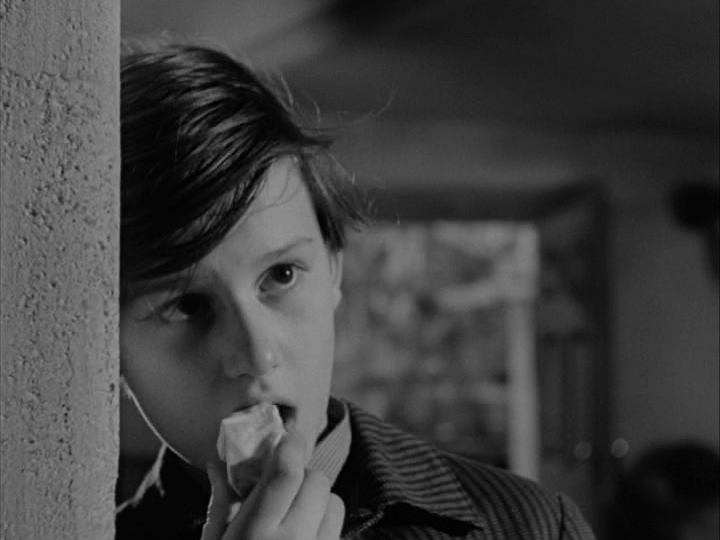
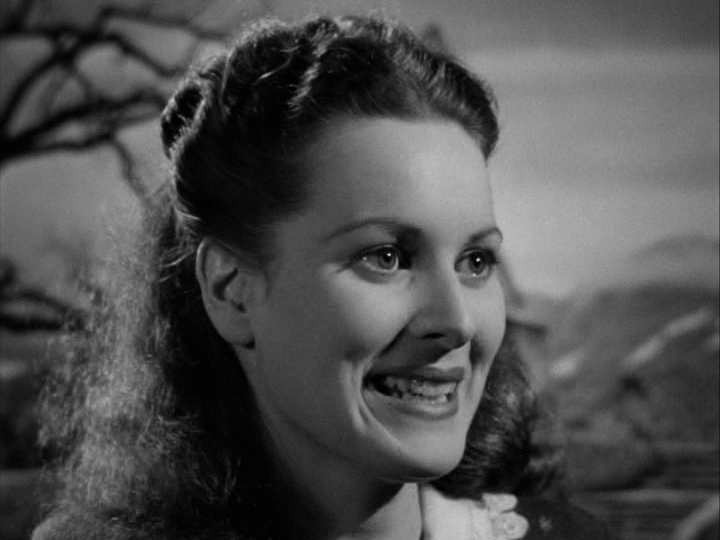
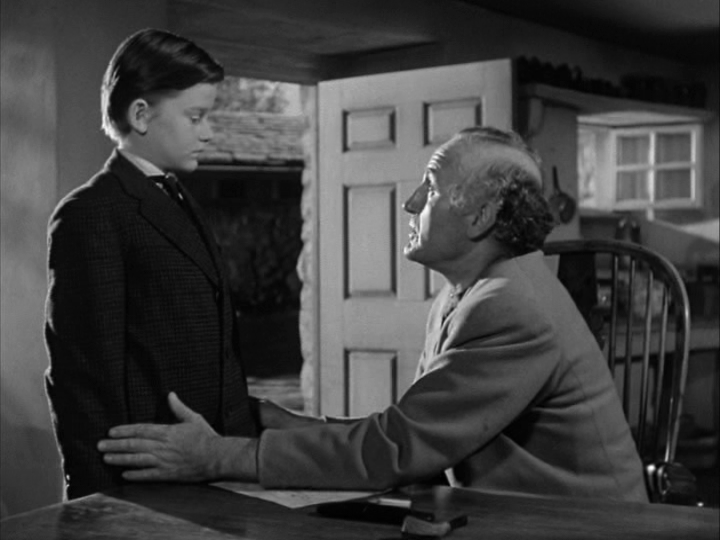
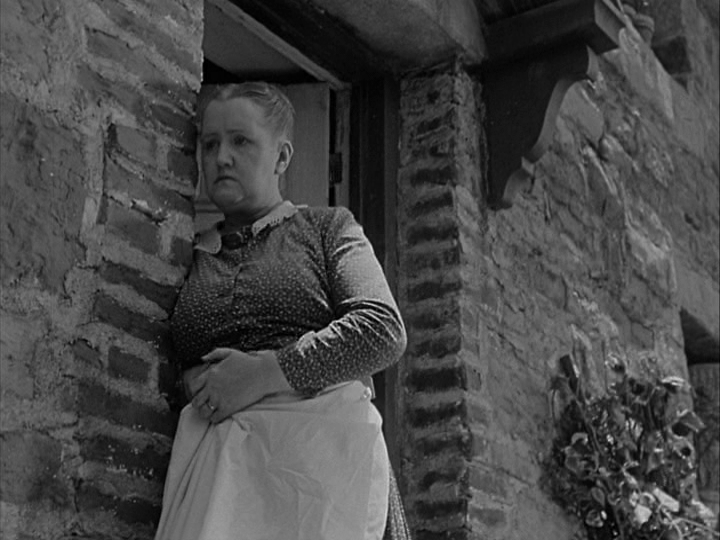
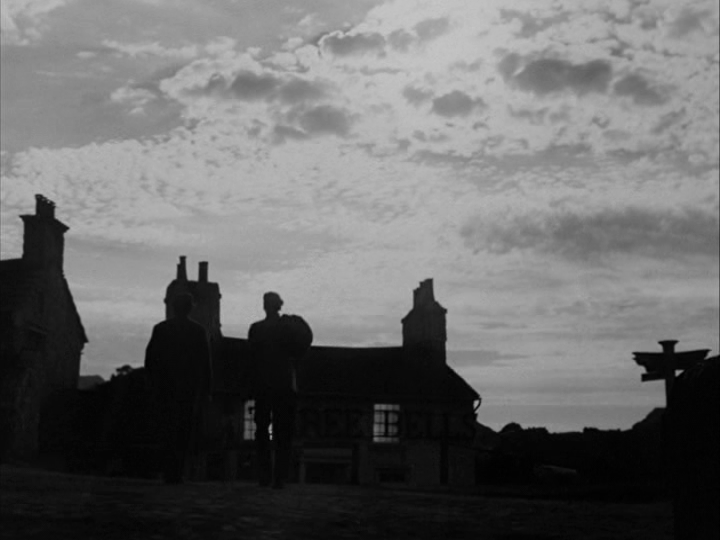

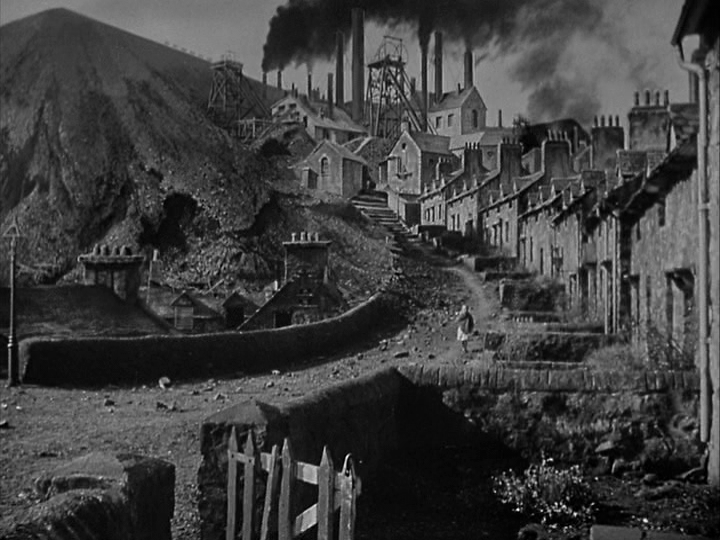
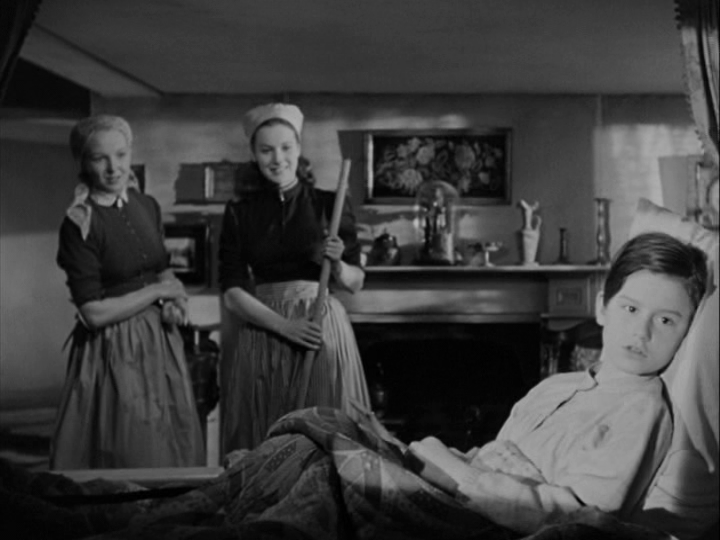
2 thoughts on “How Green Was My Valley (1941)”
A no-brainer must. Excellent filmmaking in every way – and my favorite John Ford picture.
I’ll stay out of the debate re: whether ‘How Green…’ ‘deserved’ its Best Pic Oscar or not. ~mainly because I put so little stock in the Oscars, so I don’t care. 😉
I will say this, though: Whereas ‘Citizen Kane’ is a film I admire for many reasons, ‘How Green…’ is a film I adore. I’ve probably seen it a lot more times than I’ve seen ‘CK’. As a creative and innovative piece of work, ‘CK’ does take the lead. But it’s also a tremendously cold film. It doesn’t really encourage me to go back for repeat viewings.
This is what happened when I was watching ‘How Green…’ last night. I started the film – remembering, at first, the many times I’ve seen it in the past. Five or ten minutes in, I thought…’Have I seen this too many times?’ As soon as I thought that, the thought was taken away. The film had once again captured me early on and continued to hold me in its grip throughout. As noted, the film begins in such a heartwarming way that you’re led to believe it will lean toward the overly sentimental side. But just as that possibility is hinted at, the film turns somewhat tense – as it moves into its many layers of struggles and hardships. Quite honestly, this is a rare film that seems to move my heart to my throat and hold it there for the duration. I always seem to be on the verge of tears as I’m watching this one, and occasionally I’m pushed over into being completely moved.
Thankfully, the film is also peppered with Ford’s trademark humor – not too much and not too little, and right there at the moments you seem to need it most. I especially like the comical touch of Allgood presenting her husband Crisp with his shoes and socks (almost like a prize) while smiling at the suitor her husband is about to sit with.
Near the end of the film, Pidgeon has what I think is the best sequence in the film, as his character makes the decision to leave his position in the church and in the town. With his eloquent and pointed speech, I don’t think I have ever seen a better on-screen example of genuine Christianity at work: the chastisement of so-called believers which, nevertheless, seems to fall on deaf ears.
‘How Green…’ dovetails an era of “fair play” with an era of great and tumultuous change. It laments the loss of things simple and good, even as it treasures things strong and lasting. The film is very well acted, visually striking and evocative and beautifully directed. I’m particularly taken with all of the interplay in the family dynamics, which never fail to be spot-on believable in pacing and delivery. This wonderful film’s powerful conclusion always manages to leave me emotionally spent and fulfilled at the same time.
As my review indicates, I was pleasantly surprised when revisiting this film for the first time in many years.
As I’m re-watching each of Ford’s titles to review for this site (and Peary lists MANY!), I’m realizing his oeuvre is really hit-and-miss for me — I tend to either really admire and enjoy his craftsmanship, or I find myself bored, restless, and/or annoyed.
Of course, some titles fall in between that spectrum — but I find it fascinating how one “master” director (and he was one) can offer such radically different experiences for me as a viewer.